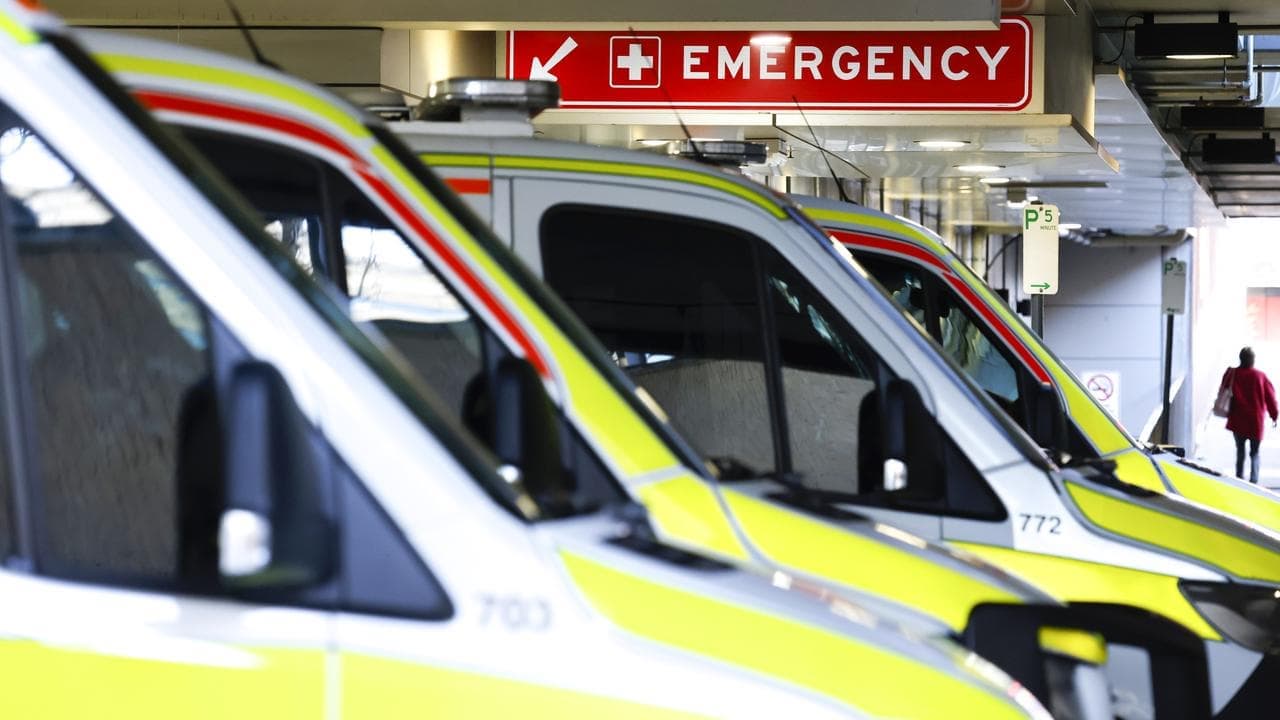WHAT WAS CLAIMED
The budget deficit and government debt are both five times higher under the coalition than they were under the previous Labor government.
OUR VERDICT
Mostly false. Net government debt in 2021/22 is expected to be around four times higher than when Labor left office, and the deficit about twice the size of Labor's biggest deficit.
Former prime minister Kevin Rudd has hit out at the coalition's economic record by claiming debt and the deficit are five times higher under the current government than they were during Labor's tenure.
But his claim overstates both figures. Net government debt in 2021/22 is projected to be around 4.2 times what it was during Labor's final year in office, while the annual deficit is forecast to be approximately twice its level in 2009/10, the year of Labor's highest annual deficit.
Mr Rudd - who was prime minister between December 2007 and June 2010, and again between June and September 2013 - made his claim during an interview with Australian comedian and YouTube personality Jordan Shanks, also known as Friendlyjordies.
In a video posted to YouTube on March 9, Mr Rudd said: "He (Scott Morrison) doesn't want to talk about the fact that debt is five times bigger than it was under us, that the deficit is five times bigger than it ever was under us" (video mark 5 min 23 sec). As of March 24, the video had been viewed more than 220,000 times.
A spokesman for Mr Rudd told AAP FactCheck in an email the former prime minister's claim about government debt referred to the estimated level of net debt in 2022/23.
Mr Rudd's second claim that the deficit was five times as big as it ever was under Labor referred to the 2020/21 deficit being more than five times as big as the 2012/13 deficit, his spokesman said. However, as explained below, Labor's largest annual deficit came in 2009/10, not 2012/13, and Mr Rudd's claim about the deficit does not stack up.
Net debt refers to the government's total financial liabilities, known as gross debt, minus its financial assets, while the deficit refers to the difference between the government's spending and its income.
To assess Mr Rudd's claim, AAP FactCheck used data from the Parliamentary Budget Office, which publishes historic budget figures and the latest forecasts from the December 2021 mid-year outlook (see 2021-22 Mid-Year Economic and Fiscal Outlook, tables 2 and 7). Mr Rudd's spokesman also referred to budget office figures in his response.
These figures show Mr Rudd's claim that debt is five times bigger than it was under Labor is an overstatement of current debt levels. At the end of 2012/13, Labor's final full fiscal year in government, Australia's net debt was $159.6 billion. At the end of 2020/21 - the most recent year for which actual figures are available - net debt was $592.2 billion, 3.7 higher.
In the current financial year, which is yet to be completed, net debt is projected to reach $673.4 billion, 4.2 times what it was in 2012/13.
Mr Rudd's claim is only accurate when using projections beyond the current financial year. According to the December forecasts, Australia's net debt will rise to $773.1 billion in 2022/23, 4.8 times 2012/13 levels, and increase further to $855.9 billion in 2023/24 and $914.8 billion in 2024/25.
Professor Richard Holden, an economist at UNSW Business School, told AAP FactCheck in an email that while actual government debt and deficit figures are "very accurate", projected figures "are like staring into a crystal ball, no matter who does them".
Professor Mark Crosby, from Monash Business School, agreed in a phone interview, adding that budget forward estimates were "a projection as opposed to a proper forecast" and they were "often not very accurate".
In 2010/11 under Labor, for example, the budget included projections (page 3-23) that net debt would reach $93.7 billion in 2012/13 and fall the following year when in fact it reached $159.6 billion and continued to rise sharply.
Mr Rudd also claimed the deficit under the current coalition government was five times higher than at any point under Labor.
The largest budget deficit during the 2007-2013 Labor government occurred in 2009/10 - immediately following the global financial crisis (GFC) - when Australia's annual deficit reached $54.5 billion, the largest deficit on record prior to the COVID-19 pandemic.
Under the coalition, the deficit fell to $0.7 billion in 2018/19 before shooting up to $85.3 billion in 2019/20 as spending increased dramatically during the COVID-19 pandemic. It rose to an all-time high of $134.2 billion in 2020/21, around 2.5 times the size of Labor's 2009/10 deficit, but is projected to fall back to $106.6 billion in the 2021/22 financial year, slightly under twice the record Labor figure.
Professor John Quiggin, an economics academic at The University of Queensland, noted to AAP FactCheck in an email that government debt and deficit should not be seen as "inherently bad".
Prof Quiggin used the example of the Rudd government's economic stimulus in 2009, which he said "saved us from the GFC". "The question isn't the level of debt, but what we have got for it," he said.
The Verdict
Kevin Rudd's claim that government debt is five times what it was under Labor is exaggerated based on current figures. Net debt in the 2021/22 financial year is forecast to be 4.2 bigger than in 2012/13, Labor's last full year in government. His statement is only true when measured using projections for future years.
His second claim that the budget deficit is five times bigger than it ever was under Labor is incorrect. In 2020/21 - the year cited by Mr Rudd's spokesman - the deficit was about 2.5 times higher than in Labor's record year of 2009/10, while it is forecast to fall to less than two times Labor's largest deficit in the current financial year.
Mostly False – The claim is mostly inaccurate but includes minor elements of truth.
AAP FactCheck is an accredited member of the International Fact-Checking Network. To keep up with our latest fact checks, follow us on Facebook, Twitter and Instagram.












